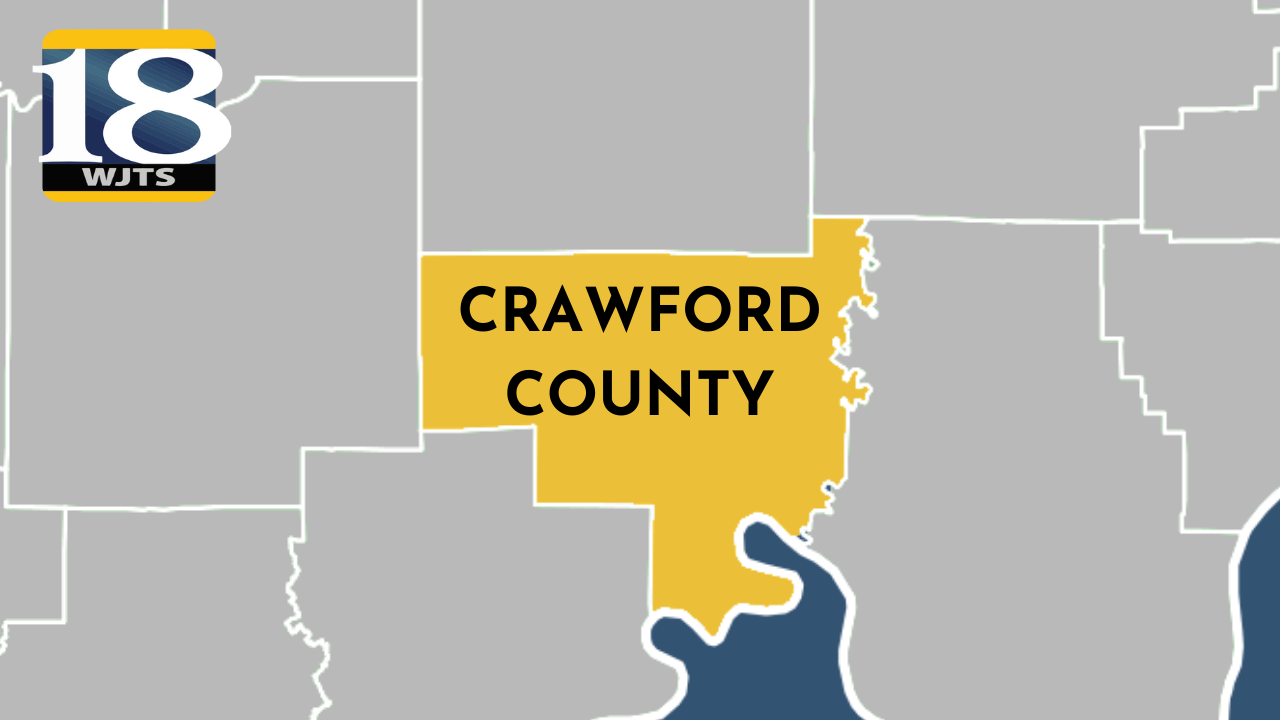As the school year commences, the Jasper Police Department is urging drivers to remain vigilant and stop for school buses in the community.
Despite school buses being among the safest transportation modes, incidents and fatalities still occur near them. Often, these accidents happen because a driver failed to heed the bus’s stop signal or local traffic regulations.
Motorists must slow down when a school bus’s overhead lights flash yellow, preparing to stop. When the lights turn red and the stop arm extends, all drivers must halt, except on roads divided by a physical barrier like a median, where only vehicles on the same side as the bus must stop.
“There is no excuse for drivers to put the lives of students in danger,” said ICJI Traffic Safety Director James Bryan. “Drivers need to exercise caution around school buses and follow all traffic statutes.”
In April, a one-day observational survey involving 4,910 bus drivers in Indiana reported 1,574 stop-arm violations. This suggests around 283,320 violations over a typical 180-day school year, highlighting a significant safety concern.
The data, collected by the NASDPTS and managed by the Indiana Department of Education, underscores the need for increased driver awareness and compliance.
“When a school bus’s red lights are flashing and the stop-arm is extended, drivers must slow down and come to a complete stop,” said Assistant Chief Aaron Persohn. “This is not a suggestion — it’s the law. School bus riders and their caretakers rely on drivers to follow the law to keep them safe.”
Respect the “Danger Zone”
The “Danger Zone” refers to the area around a school bus where the driver’s visibility is limited. This includes:
- 10 feet in front of the bus, where the driver may not see a child.
- 10 feet on either side of the bus, especially in the driver’s blind spots.
- The area behind the bus.
Motorists are encouraged to be extra cautious in these areas to ensure student safety.
For more information on school bus stop safety, visit the NHTSA website.





You must be logged in to post a comment.